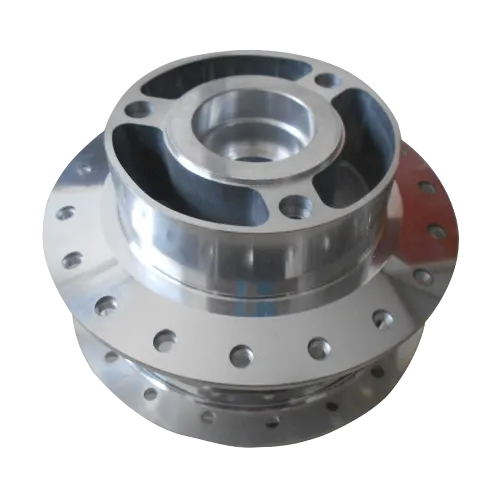Mobile:+86-311-808-126-83
Email:info@ydcastings.com
tapping turbo compressor housing
Tapping Turbo Compressor Housing An Essential Guide
Turbo compressors play a vital role in various industrial applications, ranging from automotive engines to large-scale manufacturing processes. One critical component in the optimization and maintenance of turbo compressors is the housing. The term “tapping turbo compressor housing” refers to the process of modifying or enhancing the compressor housing to improve performance, efficiency, and durability. In this article, we will explore the significance of tapping turbo compressor housing, the methods involved, and the benefits it brings to different applications.
Understanding Turbo Compressor Housing
Turbo compressor housing is the structure that encases the turbine and compressor sections of a turbocharger. It is engineered to withstand high pressure and thermal loads while providing an optimal flow path for gases. The efficiency of a turbo compressor largely depends on the design and integrity of its housing. Proper airflow, reduced turbulence, and minimal heat loss are crucial for maximizing compressor performance.
The Tapping Process
Tapping in the context of turbo compressor housing typically involves drilling and creating threaded holes for mounting sensors, fittings, or additional components. This process can be critical when retrofitting a turbo compressor to accommodate new technology or improving the overall setup for high-performance applications.
1. Assessment Before tapping, it is essential to evaluate the housing material and design. Turbo compressor housings can be made from aluminum, cast iron, or specialized alloys, each requiring different tapping techniques.
2. Preparation Preparation involves cleaning the surface to avoid contaminants and selecting the appropriate tools. Using high-quality taps and alignment jigs is crucial for ensuring precision.
3. Tapping Using a drill press or a specialized tapping tool, the technician drills the desired hole and then uses a tap to cut threads into the material. This step must be done with care to ensure that the threads are clean and to avoid damage to the housing.
tapping turbo compressor housing

4. Finishing After tapping, it is essential to remove any metal shavings and debris to prevent them from entering the compressor system. Careful inspection and possibly coating the tapped area may be necessary to enhance corrosion resistance.
Benefits of Tapping Turbo Compressor Housing
1. Customization One of the primary benefits of tapping turbo compressor housing is increased customization. Additional sensors can measure parameters such as pressure, temperature, and flow rates, facilitating better control and optimization of the turbo system.
2. Improved Performance With the right modifications, tapping allows for enhancements in performance. By integrating advanced technologies like variable geometry turbines or upgraded wastegate actuators, the system can achieve better efficiency and response times.
3. Easier Maintenance Tapped holes provide a straightforward way to access internal components during maintenance without disassembling the entire turbocharger. This can greatly reduce downtime and labor costs.
4. Enhanced Durability Properly tapped and reinforced housing can lead to improved structural integrity, enabling the compressor to handle higher pressures and temperatures. This increases the lifespan of the turbocharger and reduces the risk of failure.
5. Cost Effectiveness While there is an initial investment in tapping and retrofitting components, the long-term benefits often outweigh the costs. Enhancements can lead to fuel savings, reduced wear on engine components, and less frequent maintenance.
Conclusion
Tapping turbo compressor housing is a crucial modification that can significantly enhance the performance and longevity of a turbocharger system. By allowing for the integration of advanced technologies and monitoring capabilities, tapping facilitates better control and customization of turbo systems across various applications. As industries continue to demand higher efficiency and performance, understanding and implementing these techniques will become increasingly important. Whether you are an automotive enthusiast, an engineer, or a technician, recognizing the value of tapping turbo compressor housing can lead to optimized systems and satisfied performance goals.
-
Understanding Metal Casting TechniquesNewsApr.02,2025
-
Understanding Exhaust Manifolds for Enhanced Engine PerformanceNewsApr.02,2025
-
The World of Metal FabricationNewsApr.02,2025
-
Key Components for Pump and Turbo EfficiencyNewsApr.02,2025
-
Essential Tools for Automotive Maintenance and RepairNewsApr.02,2025
-
Durable Valve Components for Effective Water ManagementNewsApr.02,2025











